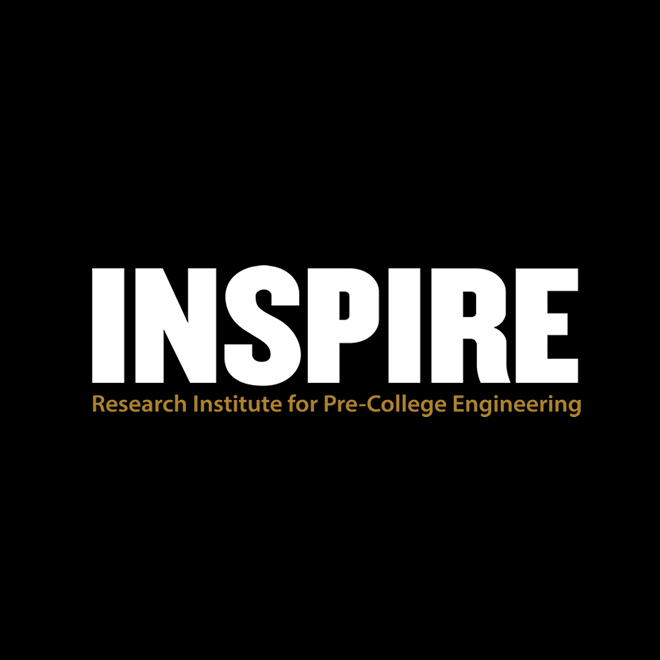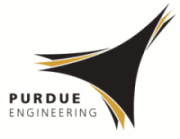Engineering-Based Problem Solving in the Middle School: Design and Construction with Simple Machines
Abstract
Incorporating engineering concepts into middle school curriculum is seen as an effective way to improve students’ problem-solving skills. A selection of findings is reported from a STEM-based unit in which students in the second year (grade 8) of a three-year longitudinal study explored engineering concepts and principles pertaining to the functioning of simple machines. The culminating activity, the focus of this paper, required the students to design, construct, test, and evaluate a trebuchet catapult. We consider findings from one of the schools, a co-educational college, where we traced the design process developments of four student groups from two classes. The students’ descriptions and explanations of the simple machines used in their catapult design are examined, together with how they rated various aspects of their engineering designs. Included in the findings are students’ understanding of how their simple machines were simulated by the resources supplied and how the machines interacted in forming a complex machine. An ability to link physical materials with abstract concepts and an awareness of design constraints on their constructions were apparent, although a desire to create a “perfect” catapult despite limitations in the physical materials rather than a prototype for testing concepts was evident. Feedback from teacher interviews added further insights into the students’ developments as well as the teachers’ professional learning. An evolving framework for introducing engineering education in the pre-secondary years is proposed.
Recommended Citation
English, L. D.,
Hudson, P.,
&
Dawes, L.
(2013).
Engineering-Based Problem Solving in the Middle School: Design and Construction with Simple Machines.
Journal of Pre-College Engineering Education Research (J-PEER), 3(2), Article 5.
https://doi.org/10.7771/2157-9288.1081


